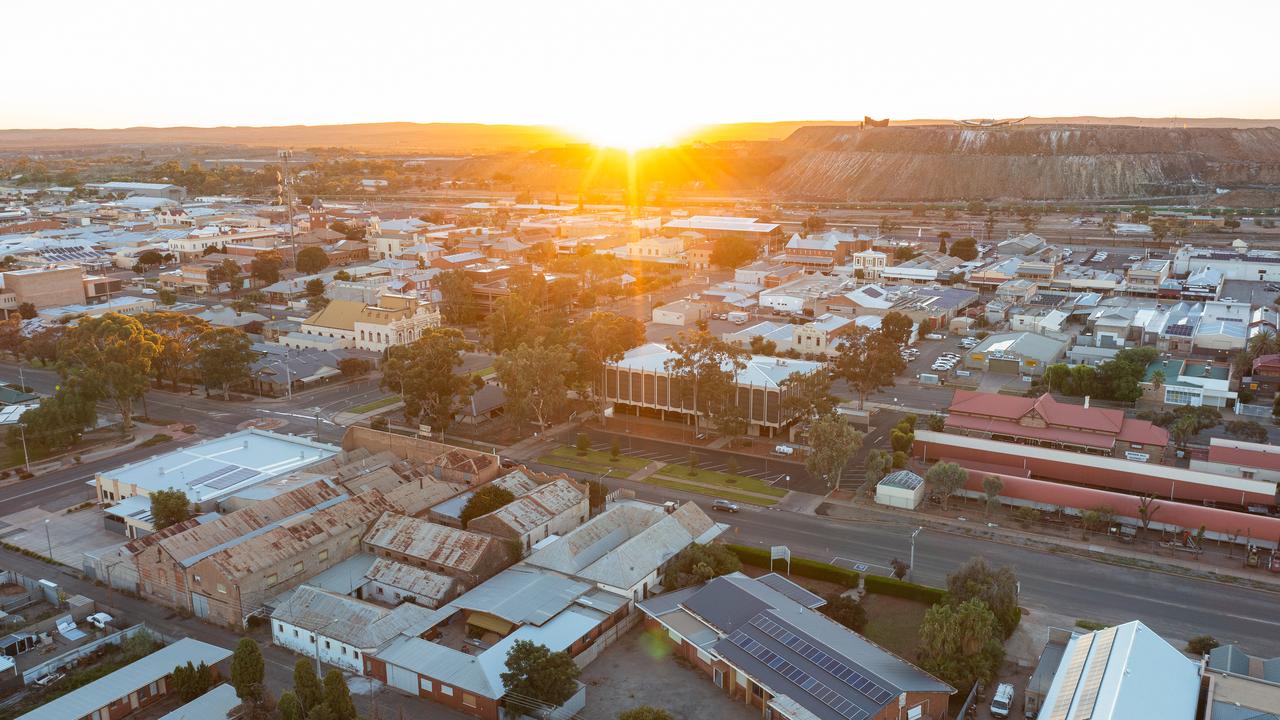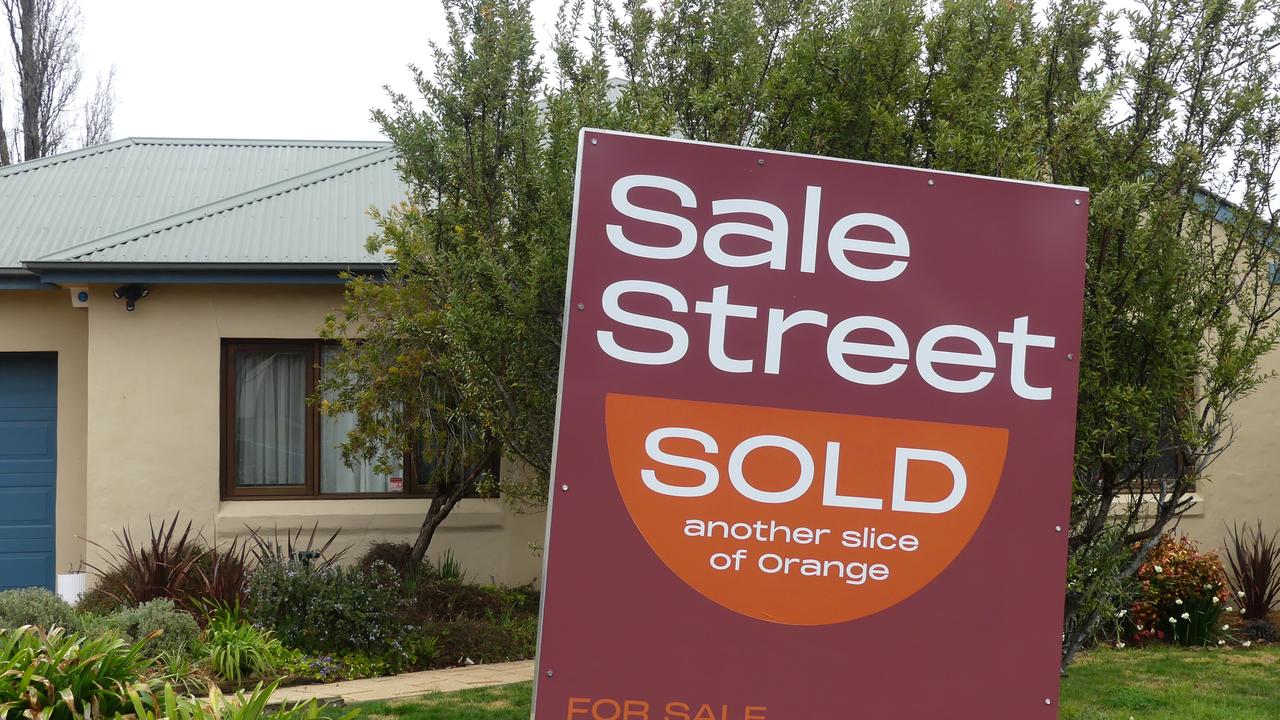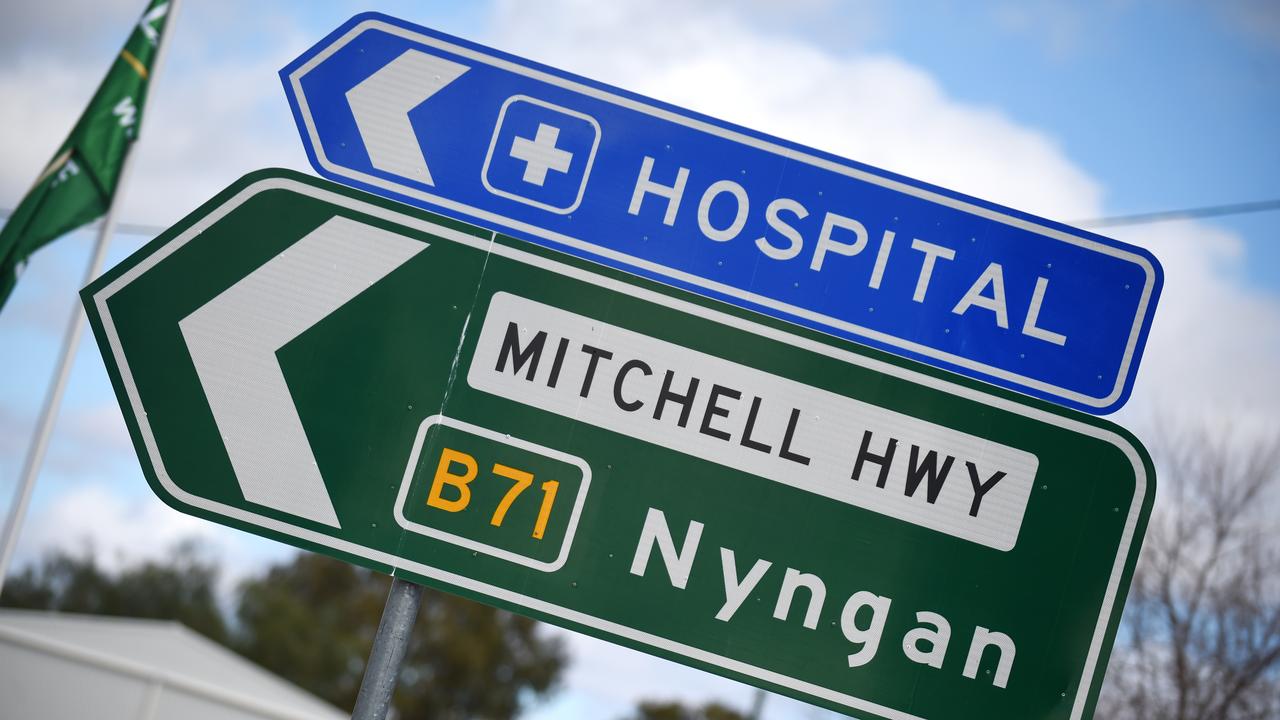
A quiet life in the countryside appeals to nearly half of Australia's city residents, but concerns about access to health care, housing and jobs are stopping them making the move.
Country Australia is on track to become home to 11 million people by 2032, or 40 per cent of the population, while 40 per cent of people living in the cities are considering a move to the bush, research from the Regional Australia Institute shows.
While the country lifestyle and lower cost-of-living was appealing, access to housing, health care, connectivity and public transport were seen as key barriers.

Those findings - along with a lack of progress on skilled workforce and education targets - has prompted the think tank to call for "40 for the regions".
Regional Australia should get 40 per cent of the seats at policy-makers' tables, with the same percentage of new migrant settlements and the homes to be built under the National Housing Accord, it said.
"Australia has been caught on the hop by a regional renaissance with critical services, infrastructure and skills playing catch-up to population growth," institute chief executive Liz Ritchie said on Tuesday.
"An urgent intervention, like this commitment, would at least ensure that regional Australians are getting the proportionate focus they deserve."

The institute released a three-year progress report on its vision to ensure 11 million people could live prosperously in the regions by 2032, finding the proportion of skilled workers has dropped slightly in 2025.
The school attainment rate also fell to 74 per cent, while the regional rental vacancy rate remained "tight" at 1.9 per cent in June.
Separate research from the National Rural Health Alliance in August showed an $8.35 billion annual shortfall on health care in the bush, or roughly $1090 per person.
"40 for the regions is recognition that regional Australia has a different set of challenges to our cities and one-size-fits-all decision-making doesn't always deliver equal outcomes," Ms Ritchie said.







